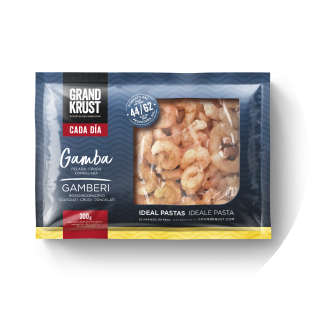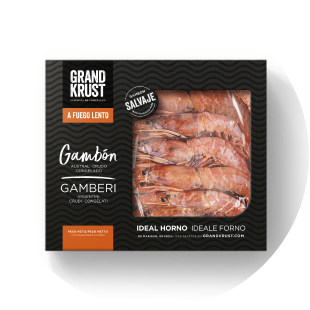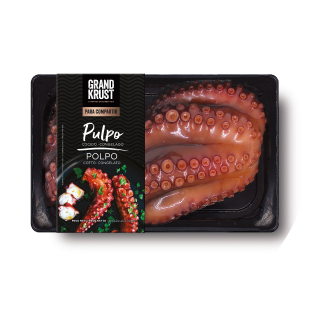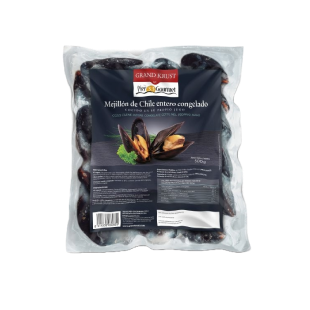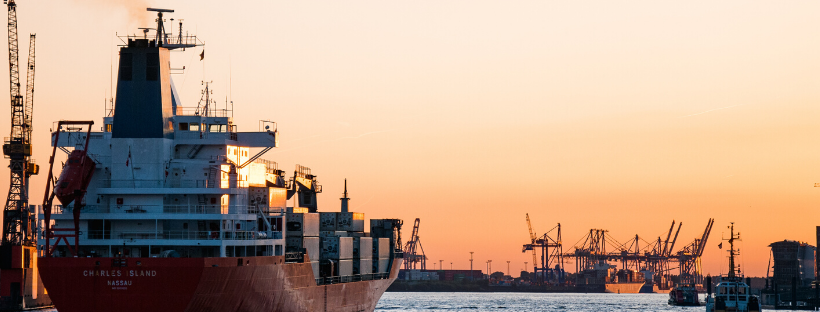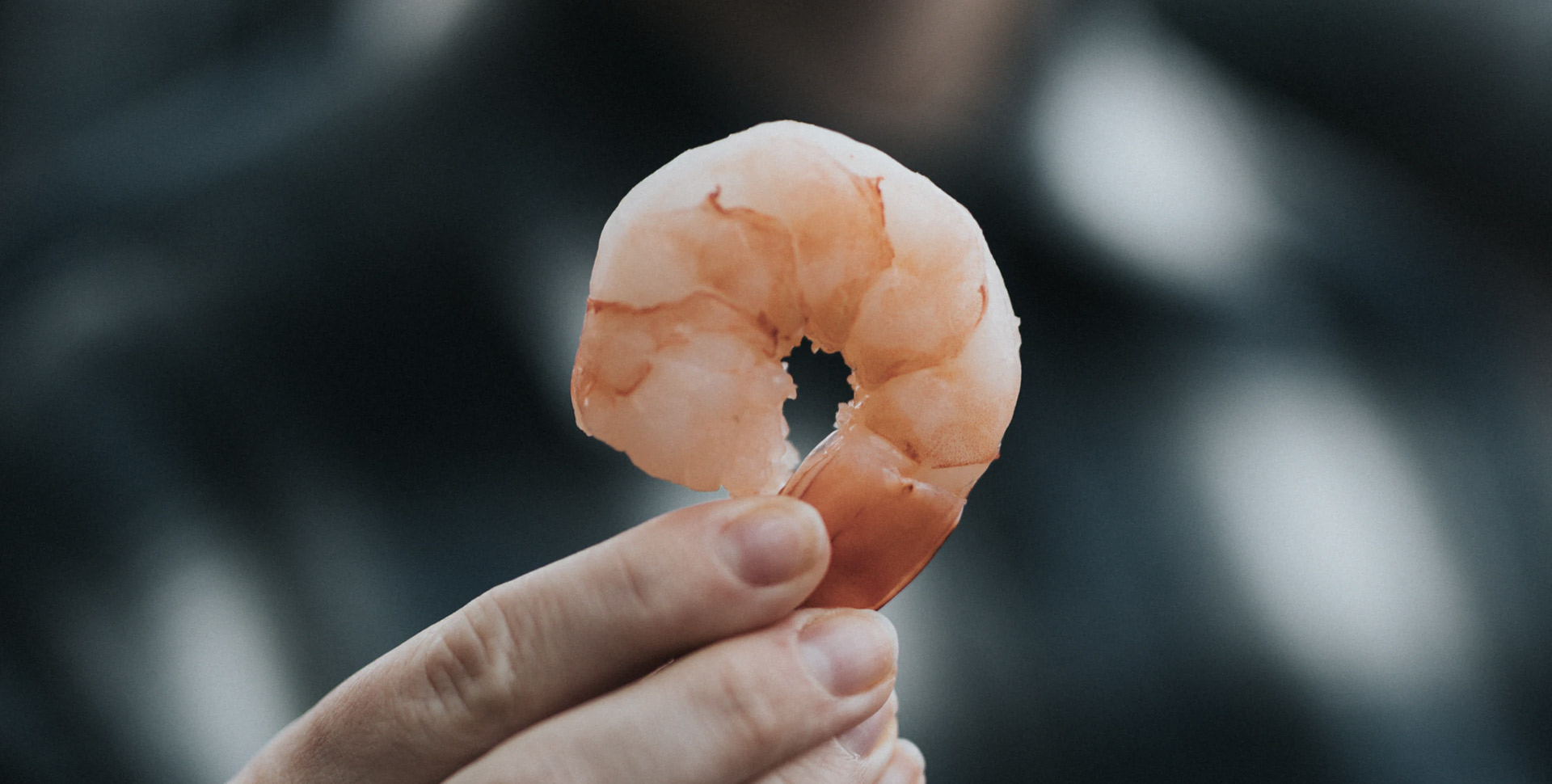When seafood was fed to pigs
Seafood has been part of the human diet before the Flood, at least since Neanderthals, as the oldest known remains of mollusks apparently ingested by those proto-humans with eyebrows as thick as walls and noses as hard as stones date back to 150,000 years.
Seafood has been part of the human diet before the Flood, at least since Neanderthals, as the oldest known remains of mollusks apparently ingested by those proto-humans with eyebrows as thick as walls and noses as hard as stones date back to 150,000 years. It is actually quite fun to think of a Neanderthal eating mussels, but this was the case according to the remains found in a cave in Malaga, Spain. Those ancestors were not the only ones who began to catch seafood, since similar fossils were found in South Africa, with similar capture and similar dating, but in this case they were Homo Sapiens. In other words, we eat sea bugs since our origins.
Seafood has been eaten since ancient times but it wasn´t always linked to luxury. On the contrary: its abundance, and the difficulty of transporting it in good conditions to inland lands, kept it for centuries as a strict food for coastal areas. For coastal towns where the surplus, or the least valued species, were used as livestock feed and as fertilizer for the fields. Today it is inconceivable that crabs or barnacles could end up between pigs, or fertilizing a cornfield, but that was still the case at the beginning of the 20th century. Lucky pigs and trees.
On those days, seafood was consumed especially on holidays, mostly marked by the Christian calendar that organized lives in Mediterranean countries and that associated each date in red with rules to comply, under threat of hell. At the table, the rules mainly attended to fasting and abstinence; the clergy liked to spoil theirs neighbors’ tables at that time. On Christmas Eve you could not eat meat or butter, for example, so the crowd went to the sea to quench their banquets. In Italy, the “Feast of the Seven Fish” was celebrated, and still is, with a dinner consisting of seven fish and seafood dishes that apparently represented the seven sacraments. Or perhaps the gluttony of the dinner guests, since in some areas of the country the seven dishes of “The Vigil” became 11 or even 13 (supposedly, for the sum of the 12 apostles plus Jesus Christ who shared the bread and the wine while Leonardo painted them.)
However, in order to link seafood with luxury besides celebration, it was neccesary a fad in the first place. Fads always begin with the upper classes and then the masses start to imitate it (as the Sociology of Consumption regularly analyzes, always starting from the customs that have the so-called “idle classes” of each country). It was in the United States where that association of seafood and opulence first appeared thanks to the cleverness of an entrepreneur (of course, it is North America) who began canning lobsters in 1841 in Maine. The legend has it that since he could not sell the product, which many still saw as cattle food, he managed to serve it on the trains that led to the town presented as a modern delicacy: with sauces, sparkling wines and other trumpery. The influx of wealthy tourists on the railroad led to the fondness for crab and the custom was soon extended to the restaurants. And so, asking for lobster became a symbol of distinction, a consideration that was gradually including the rest of the species.
- Curiosities
How we came up with freezing seafood
- Curiosities
Seafood myths and questions
- Curiosities
Prawning Pairings
